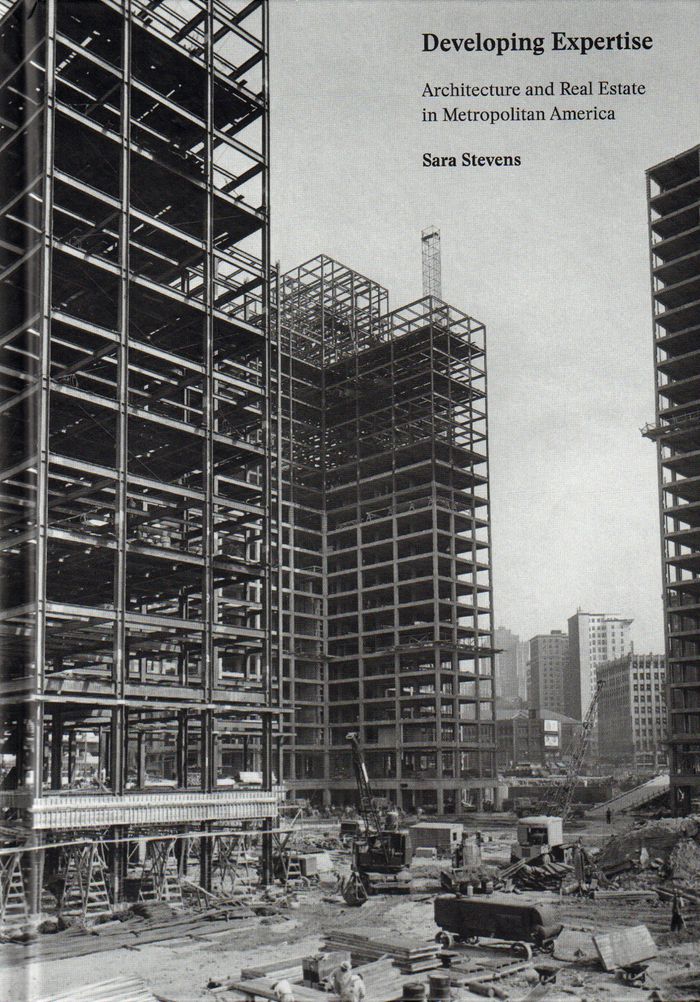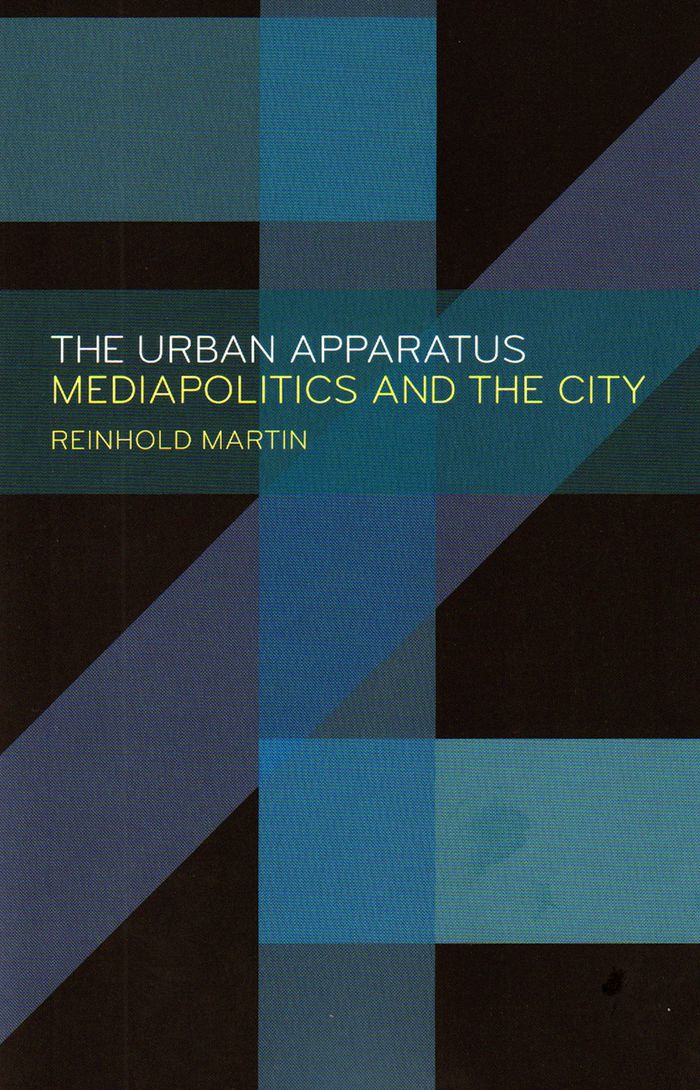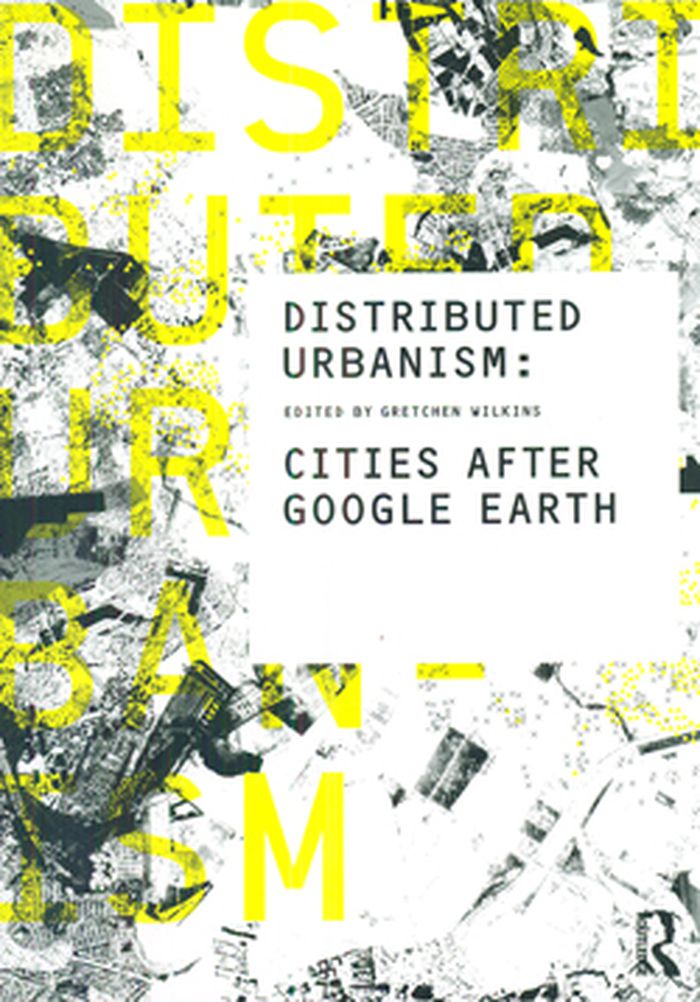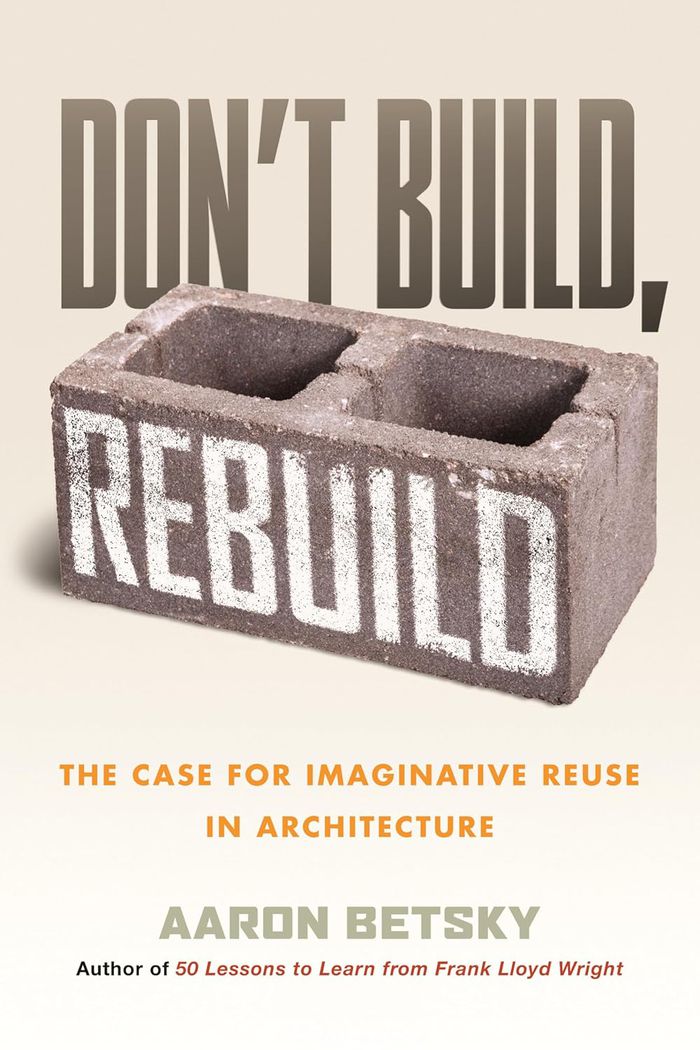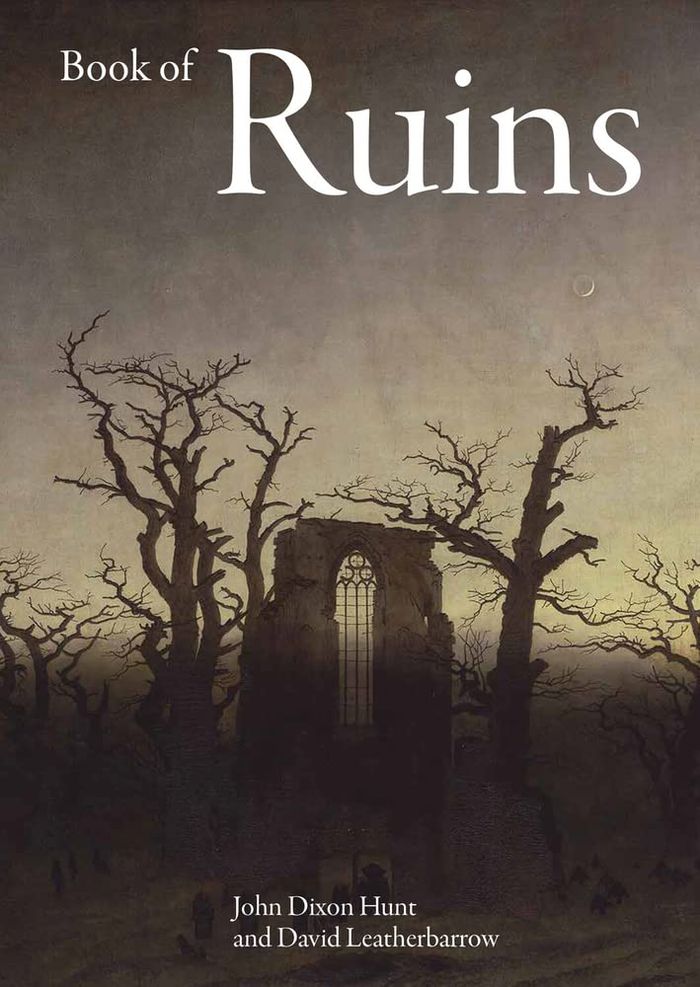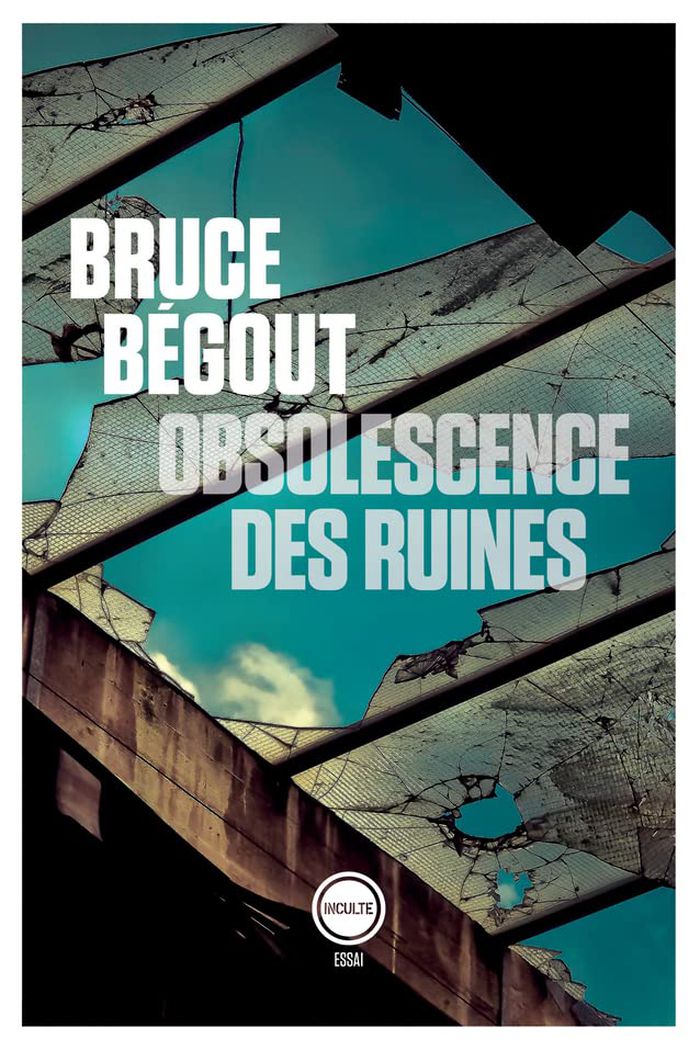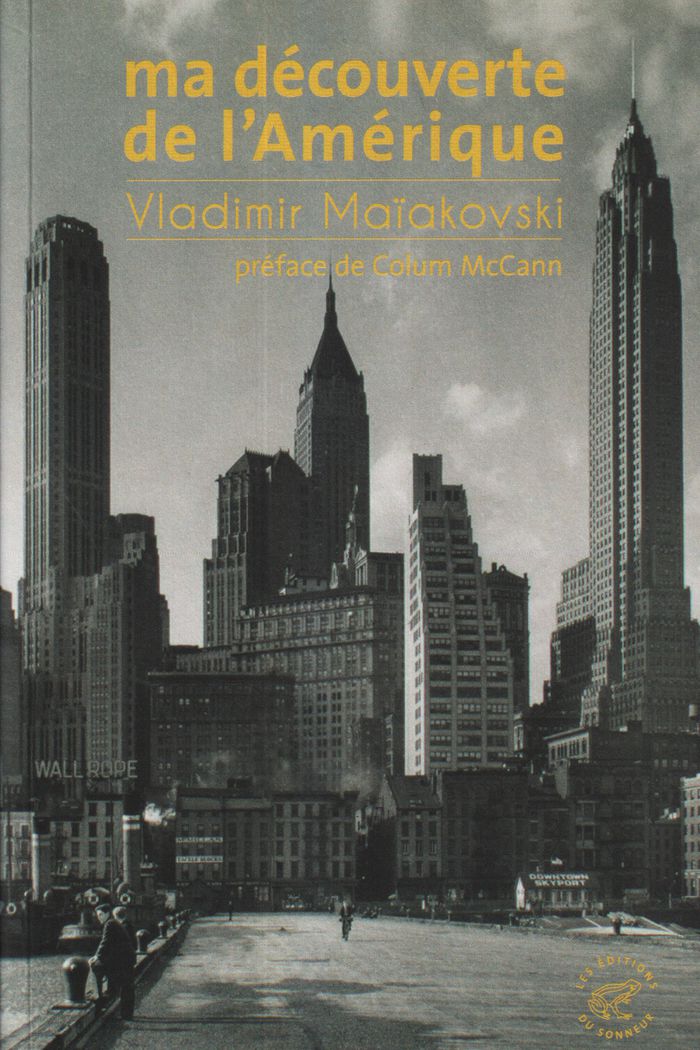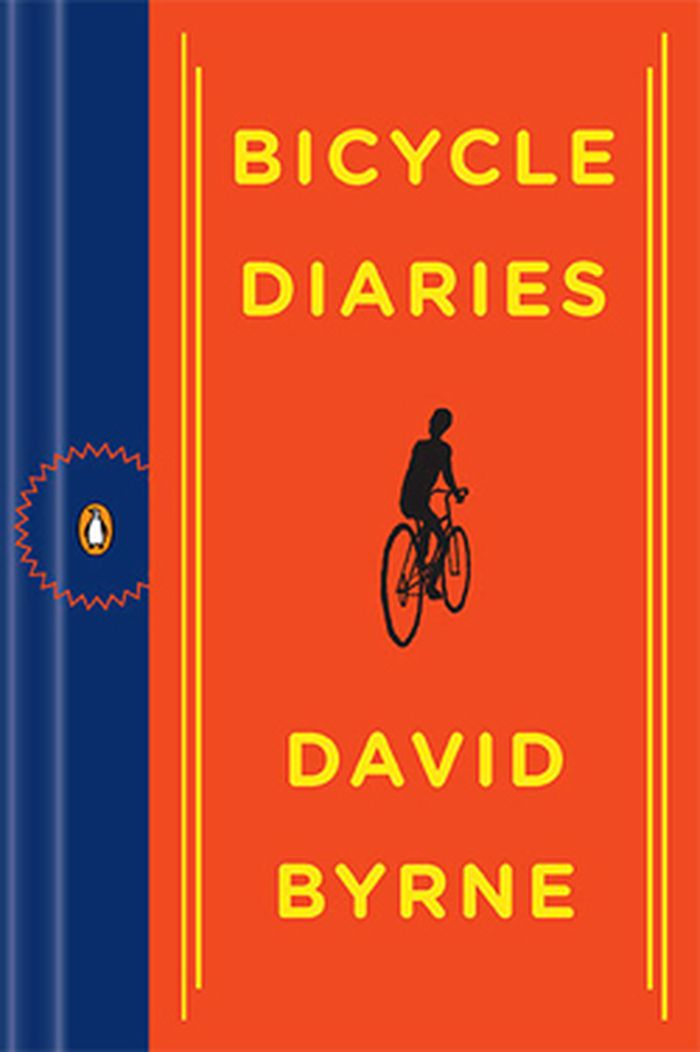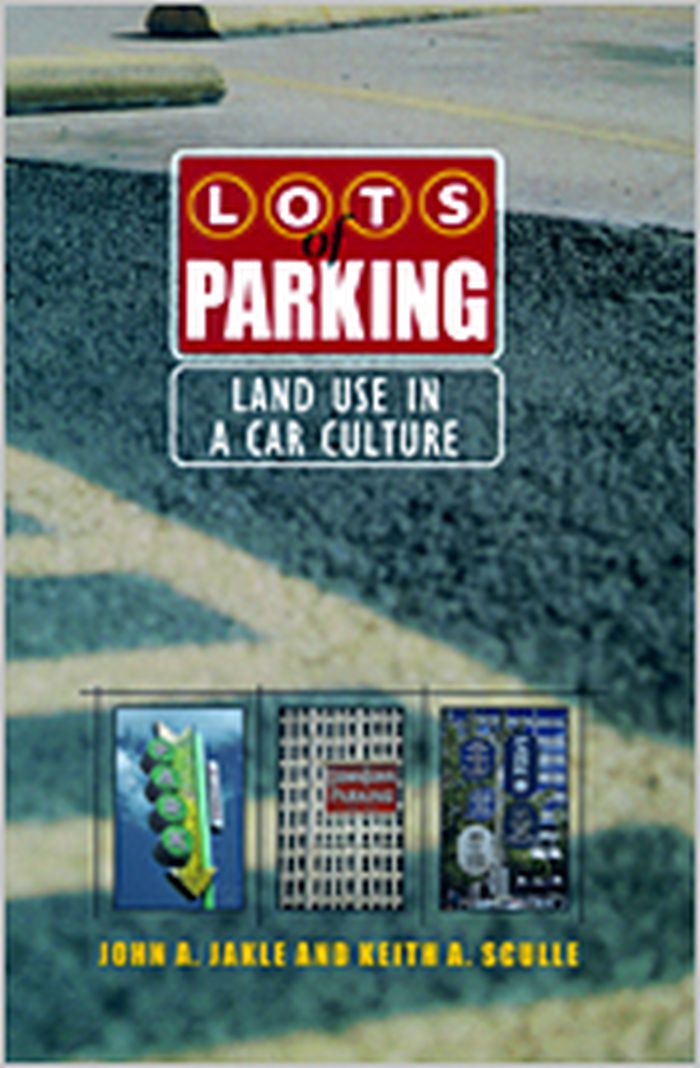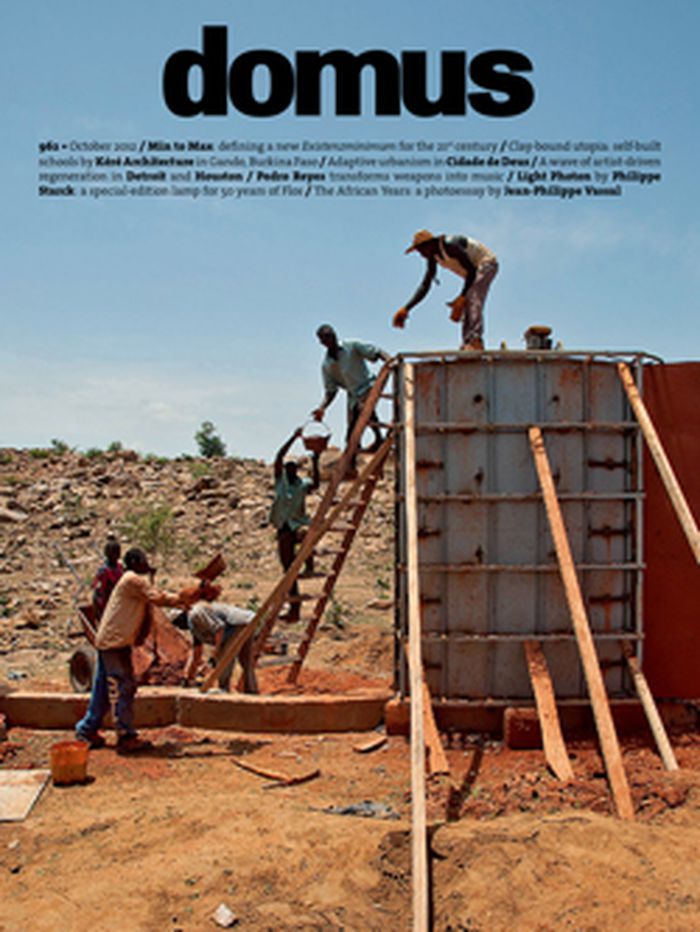$69.50
(disponible sur commande)
Résumé:
Real estate developers are integral to understanding the split narratives of twentieth-century American urban history. Rather than divide the decline of downtowns and the rise of suburbs into separate tales, Sara Stevens uses the figure of the real estate developer to explore how cities found new urban and architectural forms through both suburbanization and urban(...)
Developing expertise: architecture and real estate in metropolitan america
Actions:
Prix:
$69.50
(disponible sur commande)
Résumé:
Real estate developers are integral to understanding the split narratives of twentieth-century American urban history. Rather than divide the decline of downtowns and the rise of suburbs into separate tales, Sara Stevens uses the figure of the real estate developer to explore how cities found new urban and architectural forms through both suburbanization and urban renewal. Through nuanced discussions of Chicago, Kansas City, Detroit, Pittsburgh, Denver, Washington, D.C., and New York, Stevens explains how real estate developers, though often maligned, have shaped public policy through professional organizations, promoted investment security through design, and brought suburban models to downtowns. In this timely book, she considers how developers partnered with prominent architects, including Ludwig Mies van der Rohe and I. M. Pei, to sell their modern urban visions to the public. By viewing real estate developers as a critical link between capital and construction in prewar suburban development and postwar urban renewal, Stevens offers an original and enlightening look at the complex connections among suburbs and downtowns, policy, finance, and architectural history.
Théorie de l’architecture
$33.00
(disponible sur commande)
Résumé:
Urbanization is a system of power and knowledge, and today’s city functions through the expansive material infrastructures of the urban order. In The Urban Apparatus, Reinhold Martin analyzes urbanization and the contemporary city in aesthetic, socioeconomic, and mediapolitical terms. He argues that understanding the city as infrastructure reveals urbanization to be a way(...)
The urban apparatus: mediapolitics and the city
Actions:
Prix:
$33.00
(disponible sur commande)
Résumé:
Urbanization is a system of power and knowledge, and today’s city functions through the expansive material infrastructures of the urban order. In The Urban Apparatus, Reinhold Martin analyzes urbanization and the contemporary city in aesthetic, socioeconomic, and mediapolitical terms. He argues that understanding the city as infrastructure reveals urbanization to be a way of imparting functional, aesthetic, and cognitive order to a contradictory, doubly bound neoliberal regime. Blending critical philosophy, political theory, and media theory, The Urban Apparatus explores how the aesthetics of cities and their political economies overlap. In a series of ten essays, with a detailed theoretical introduction, Martin explores questions related to urban life, drawn from a wide range of global topics—from the fiscal crisis in Detroit to speculative development in Mumbai to the landscape of Mars, from discussions of race and the environment to housing and economic inequality. Each essay proposes a particular “mediator” (or a material complex) that is shaped by imaginative practices, each answering the question “What is a city, today?”
Théorie de l’urbanisme
$54.95
(disponible sur commande)
Résumé:
What form of housing will emerge in Dubai, where the majority of the population are non-citizens and average length of stay three days? How will depopulating cities reclaim vacant space, reorganize infrastructure and redefine their economic identity? What type of architecture results from the prevalence of airborne contaminants? What kind of urbanism does Google Earth(...)
Distributed urbanism : cities after Google Earth
Actions:
Prix:
$54.95
(disponible sur commande)
Résumé:
What form of housing will emerge in Dubai, where the majority of the population are non-citizens and average length of stay three days? How will depopulating cities reclaim vacant space, reorganize infrastructure and redefine their economic identity? What type of architecture results from the prevalence of airborne contaminants? What kind of urbanism does Google Earth produce? Exploring the increasingly decentralized systems through which cities are organized and produced, this publication highlights the architectural practices that are emerging in response. Unlike early models of urbanism, in which centralized models of production, communication and governance were sited within a central business district, contemporary urbanism is shaped by remote, distributed mechanisms such as information technologies, (i.e. SatNav, Google Earth, E-trade, Photosynth or RSS web feeds) cooperative economic models and environmental networks, many of which are physically remote from the cities they shape. Consisting of a collection of case studies on global cities including Rotterdam, Tokyo, Barcelona, Detroit, Hong Kong, Dubai, Beijing and Mumbai, the authors draw on these cities in relation to current events, urban schemes and demographic data.
Théorie de l’urbanisme
Don't build, rebuild
$43.95
(disponible en magasin)
Résumé:
As climate change has escalated into a crisis, the reuse of existing structures is the only way to even begin to preserve our wood, sand, silicon, and iron, let alone stop belching carbon monoxide into the air. Our housing crisis means that we need usable buildings now more than ever, but architect and critic Aaron Betsky shows that new construction—often seeking to(...)
Don't build, rebuild
Actions:
Prix:
$43.95
(disponible en magasin)
Résumé:
As climate change has escalated into a crisis, the reuse of existing structures is the only way to even begin to preserve our wood, sand, silicon, and iron, let alone stop belching carbon monoxide into the air. Our housing crisis means that we need usable buildings now more than ever, but architect and critic Aaron Betsky shows that new construction—often seeking to maximize profits rather than resources, often soulless in its feel—is not the answer. Whenever possible, it is better to repair, recycle, renovate, and reuse—not only from an environmental perspective, but culturally and artistically as well. Architectural reuse is as old as civilization itself. In the streets of Europe, you can find fragments from the Roman Empire. More recently, marginalized communities from New York to Detroit—queer people looking for places to gather or cruise, punks looking to make loud music, artists and displaced people looking for space to work and live—have taken over industrial spaces created then abandoned by capitalism, forging a unique style in the process. Their methods—from urban mining to dumpster diving—now inform architects transforming old structures today.
Théorie de l’architecture
Book of ruins
$80.99
(disponible sur commande)
Résumé:
''Book of ruins'' offers a survey – not encyclopedic, but substantial – of leading moments when the fact and idea of ruins were taken up by writers, travellers and artists: painters, film makers, landscape architects, and architects. Gathering together short texts and extracts that describe and reflect on ruins, dating from remote antiquity (Scipio shedding tears when(...)
Théorie de l’architecture
septembre 2022
Book of ruins
Actions:
Prix:
$80.99
(disponible sur commande)
Résumé:
''Book of ruins'' offers a survey – not encyclopedic, but substantial – of leading moments when the fact and idea of ruins were taken up by writers, travellers and artists: painters, film makers, landscape architects, and architects. Gathering together short texts and extracts that describe and reflect on ruins, dating from remote antiquity (Scipio shedding tears when viewing the destruction of Carthage) to present times (the ruins of a modern city, portrayed in the film ''Requiem for Detroit''), it provides a perspective upon what the past has meant to different cultures at different times. Following an introductory essay, the book includes 70 entries, chronologically ordered, each including an indicative image (or two), an introductory commentary by the authors, and the text itself. The texts come from designers (from Bernini through Piranesi to David Chipperfield) as well as other artists (John Piper), and from literary figures (Goethe, Wordsworth, Byron and Shelley, Hugo, and Hardy). It concludes by discussing what we do with ruins by way of preservation, conservation, adaptive reuse and appropriation, and contemporary loss and ruin, as illustrated by 9/11 and the Neues Museum and highlighting the continuing relevance of the ruin.
Théorie de l’architecture
Obsolescence des ruines
$46.95
(disponible sur commande)
Résumé:
Il serait difficile de nier que les ruines occupent une place de plus en plus grande dans l'imaginaire de notre temps. Nous ne parlons pas ici des ruines antiques et gothiques, mais de l'espace délabré des villes contemporaines, comprenant les usines désaffectées, les gares abandonnées, tous les lieux oubliés de la modernité. L'aura noire d'une ville comme Detroit, Pompéi(...)
Obsolescence des ruines
Actions:
Prix:
$46.95
(disponible sur commande)
Résumé:
Il serait difficile de nier que les ruines occupent une place de plus en plus grande dans l'imaginaire de notre temps. Nous ne parlons pas ici des ruines antiques et gothiques, mais de l'espace délabré des villes contemporaines, comprenant les usines désaffectées, les gares abandonnées, tous les lieux oubliés de la modernité. L'aura noire d'une ville comme Detroit, Pompéi actuelle de la désindustrialisation, nimbe chaque bâtiment délaissé du monde. Elle est devenue en quelque temps la Mecque de l'exploration urbaine, dont le Detroit's Michigan Theater transformé en parking représente le cube de la Kaaba autour duquel tournoient les nouveaux pèlerins du Hajj de la dévastation urbaine. La ruine industrielle appartient encore pour une grande part au culte classique du monument effondré. Elle en rejoue la grandeur passée, l'évocation nostalgique de la civilisation fragile et mortelle. Dans les colonnes d'un temple ruiné ou dans les usines en friche, ce sont encore les beaux restes d'un Empire que l'on loue. Nous sommes entrés dans le troisième âge de la ruine. Après le temps des ruines antiques, puis celui ces ruines modernes, voici l'ère de la ruine instantanée, de la ruine du présent lui-même qui, née de l'urgence et vaincue par elle, ne dure plus, mais s'efface au moment même de son édification.
Théorie de l’architecture
Ma découverte de l'Amérique
$32.95
(disponible sur commande)
Résumé:
"Un document d'une importance inconttestable" (Colum McCann) L'envie de Maïakovski de se rendre en Amérique tient à l'attrait profond que ce pays exerce sur lui - pays qu'il considère comme celui du futur et de la technologie, un véritable modèle pour le développement de la jeune Russie soviétique -, et ce malgré le fait que les États-Unis soient à ses yeux la terre du(...)
Ma découverte de l'Amérique
Actions:
Prix:
$32.95
(disponible sur commande)
Résumé:
"Un document d'une importance inconttestable" (Colum McCann) L'envie de Maïakovski de se rendre en Amérique tient à l'attrait profond que ce pays exerce sur lui - pays qu'il considère comme celui du futur et de la technologie, un véritable modèle pour le développement de la jeune Russie soviétique -, et ce malgré le fait que les États-Unis soient à ses yeux la terre du capitalisme. Sa séparation, en 1924, d'avec sa maîtresse Lily Brik, lui donne l'occasion de ce voyage. Profondément bouleversé par cette rupture, Maïakovski envisage pour commencer un tour du monde. Contraint par des raisons financières (il se fait voler son argent à Paris où il fait escale pour rejoindre le port de Saint-Nazaire), il se contente d'un séjour sur le continent américain. Après une traversée qui le mène à La Havane, il entre aux États-Unis par le Mexique, en se faisant passer pour peintre - sa position de poète officiel donnant souvent à ses voyages un caractère de propagande, son visa lui est plusieurs fois refusé. New York, Cleveland, Detroit, Chicago, Philadelphie, Pittsburgh?: durant son séjour, il donne de nombreuses conférences, lors desquelles il déclame ses poèmes, évoque l'Union soviétique et parle de ses impressions sur les États-Unis. Et ce devant un auditoire nombreux et enthousiaste.
Trajets
$19.00
(disponible sur commande)
Résumé:
From a renowned musician and visual artist comes "Bicycle Diaries" - part travelogue, part journal, part photo album - a behind-the-handlebars celebration of seeing the world from the seat of a bike. Byrne is fascinated by cities, especially as visited on a trusty fold-up bicycle, and in these random musings over many years while cycling through such places as Sydney,(...)
David Byrne : bicycle diaries
Actions:
Prix:
$19.00
(disponible sur commande)
Résumé:
From a renowned musician and visual artist comes "Bicycle Diaries" - part travelogue, part journal, part photo album - a behind-the-handlebars celebration of seeing the world from the seat of a bike. Byrne is fascinated by cities, especially as visited on a trusty fold-up bicycle, and in these random musings over many years while cycling through such places as Sydney, Australia; Manila, Philippines; San Francisco; or his home of New York, the former Talking Head, artist and author (True Stories) offers his frank views on urban planning, art and postmodern civilization in general. For each city, he focuses on its germane issues, such as the still troublingly clear-cut class system in London, notions of justice and human migration that spring to mind while visiting the Stasi Museum in Berlin, religious iconography in Istanbul, gentrification in Buenos Aires and Imelda Marcos's legacy in Manila. He notes that the condition of the roads reveals much about a city, like the impossibly civilized, pleasant pathways designed just for bikes in Berlin versus the fractured car-mad system of highways in some American cities, giving way to an eerie post apocalyptic landscape (e.g., Detroit). Candid and self-deprecating, Byrne offers a work that is as engaging as it is cerebral and informative
Théorie de l’urbanisme
$48.95
(disponible sur commande)
Résumé:
When the automobile was first introduced, few Americans predicted its fundamental impact, not only on how people would travel, but on the American landscape itself. Instead of reducing the amount of wheeled transport on public roads, the advent of mass-produced cars caused congestion, at the curb and in the right-of-way, from small midwestern farm towns to New York,(...)
Théorie de l’urbanisme
juin 2004, Charlottesville
Lots of parking : land use in a car culture
Actions:
Prix:
$48.95
(disponible sur commande)
Résumé:
When the automobile was first introduced, few Americans predicted its fundamental impact, not only on how people would travel, but on the American landscape itself. Instead of reducing the amount of wheeled transport on public roads, the advent of mass-produced cars caused congestion, at the curb and in the right-of-way, from small midwestern farm towns to New York, Chicago, Detroit, and Los Angeles. "Lots of Parking" examines a neglected aspect of this rise of the automobile: the impact on America not of cars in motion but of cars at rest. While most studies have tended to focus on highway construction and engineering improvements to accommodate increasing flow and the desire for speed, John A. Jakle and Keith A. Sculle examine a fundamental feature of the urban, and suburban, scene — the parking lot. Their lively and exhaustive exploration traces the history of parking from the curbside to the rise of public and commercial parking lots and garages and the concomitant demolition of the old pedestrian-oriented urban infrastructure. In an accessible style enhanced by a range of interesting and unusual illustrations, Jakle and Sculle discuss the role of parking in downtown revitalization efforts and, by contrast, its role in the promotion of outlying suburban shopping districts and its incorporation into our neighbourhoods and residences.
Théorie de l’urbanisme
Domus 962
$35.00
(disponible sur commande)
Résumé:
The October issue of Domus focuses on the theme of affordable housing, tackling the question of what "minimum subsistence dwelling" could mean in the 21st century. It builds on the investigation started at the Min to Max international architecture symposium in Berlin. Guest edited by Ilka and Andreas Ruby, it starts with Berlin-based architecture studio Something(...)
Domus 962
Actions:
Prix:
$35.00
(disponible sur commande)
Résumé:
The October issue of Domus focuses on the theme of affordable housing, tackling the question of what "minimum subsistence dwelling" could mean in the 21st century. It builds on the investigation started at the Min to Max international architecture symposium in Berlin. Guest edited by Ilka and Andreas Ruby, it starts with Berlin-based architecture studio Something Fantastic's manifesto on the creative opportunities and innovation allowed by the world recession. Domus then surveys the globe in search of positive strategies where design is subjected to constant experimentation, from Burkina Faso — where, in Gando, Diébédo Francis Kéré runs his experimental architecture workshop —, to Athens — where a group of teachers and researchers finds in the typical Greek polykatoikia the possibility of generating a host of collective and shared spaces —, passing through Detroit, Houston, New York City, Berlin, and Rio de Janeiro. Fresh after the opening of the Venice Architecture Biennale, issue 962 presents Gabriele Basilico's photographic survey of the Biennale's national pavilions, empty and waiting for their annual occupation. Jean-Philippe Vassal's photo essay captures extraordinary moments in the production of everyday space in Africa, and, in Mexico, artist Pedro Reyes transforms agents of death into instruments of life: by converting half a tonne of confiscated weapons into musical instruments, Reyes challenges us to imagine a change for the better.
Revues
